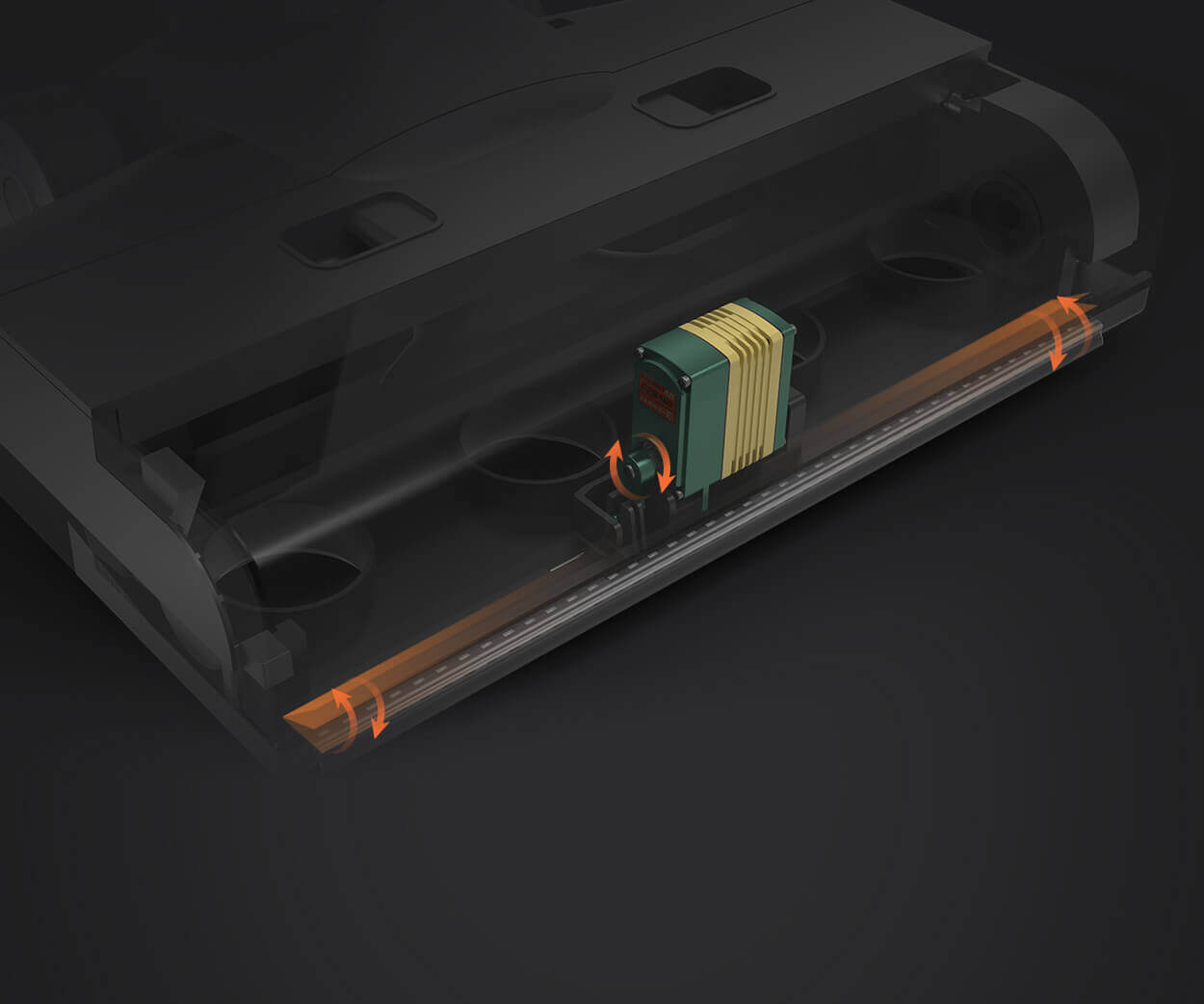In the fast-evolving world of robotics, automation, and mechanical engineering, precision and efficiency are king. Among the myriad of components fueling advancements, the DC gear motor stands out as a versatile, reliable, and essential element. Its ability to convert electrical energy into controlled mechanical motion makes it the backbone of countless applications—from tiny precision devices to large industrial machinery. But as the complexity and demand for customization increase, so does the necessity for meticulous design and testing. Enter the realm of computer-aided design (CAD) models, which have transformed how engineers approach motor development.

The concept of a DC gear motor CAD model is more than just a digital replica; it’s a comprehensive virtual environment that encapsulates every facet of the motor's design. From the internal gear train to the rotor and stator, CAD models serve as the blueprint for understanding, analyzing, and optimizing motor performance before even building a physical prototype. This virtual precision allows engineers to identify potential flaws, improve efficiency, and customize components to specific application needs—all in a cost-effective and time-saving manner.
One of the core advantages of working with detailed CAD models is the ability to perform virtual testing. Mechanical stress analysis, thermal simulations, and performance forecasting can be executed seamlessly within the CAD environment. For example, engineers can simulate how a particular gear arrangement will handle torque loads or how heat dissipation features will impact the motor’s longevity. This predictive approach reduces the guesswork associated with physical prototypes, accelerates the development cycle, and enhances the final product's reliability.
Furthermore, the flexibility that CAD models offer enables tailored solutions for specialized applications. Whether a robotics firm needs a high-torque motor for a rugged environment or a compact motor optimized for space-constrained devices, customizable CAD models make it easier to adapt existing designs or create entirely new configurations. By adjusting parameters such as gear ratios, shaft lengths, or mounting features in the CAD environment, designers can swiftly iterate through multiple versions, selecting the optimal configuration for their project.
The integration of CAD with parametric modeling techniques takes this customization a step further. Parametric CAD models allow engineers to modify key dimensions and features simply by changing input variables. This facilitates rapid exploration of different design scenarios, fostering innovation and creative solutions without the need to rebuild models from scratch. It’s akin to having a digital sandbox where your ideas can be tested, refined, and perfected before any physical material is cut or machined.
In addition to design flexibility, the use of CAD models enhances collaboration. Modern engineering teams often operate across different locations, sometimes with third-party suppliers or manufacturing partners. Sharing precise CAD models ensures everyone is aligned with the same specifications, reducing miscommunication and errors. Moreover, CAD data can seamlessly integrate into manufacturing workflows, including CNC machining and 3D printing, to produce prototypes or final parts with high fidelity.
The importance of creating accurate CAD models of DC gear motors extends into maintenance and troubleshooting as well. Digital twins—virtual replicas of physical systems—can be built from the CAD data, providing real-time insights into motor condition during operation. Diagnostic algorithms can analyze deviations from expected behavior, guiding maintenance efforts and minimizing downtime.
As the demand for smarter, more efficient motors grows, so too does the role of CAD models in manufacturing automation. Incorporating simulation-driven design—where virtual prototypes undergo rigorous testing—reduces the need for physical trial-and-error, slashing development costs and speeding time-to-market. For manufacturers aiming to stay competitive, mastering the art of creating detailed, functional CAD models of DC gear motors isn’t just an option; it’s a necessity.
In the next segment, we’ll explore specific steps involved in creating these CAD models, the software options available, and how emerging technologies like artificial intelligence are shaping the future of motor design and virtual modeling. Stay tuned for a deep dive into the tools and techniques that empower engineers to push the boundaries of what’s possible with DC gear motors.
Would you like to proceed with the second part now?
Established in 2005, Kpower has been dedicated to a professional compact motion unit manufacturer, headquartered in Dongguan, Guangdong Province, China.




































